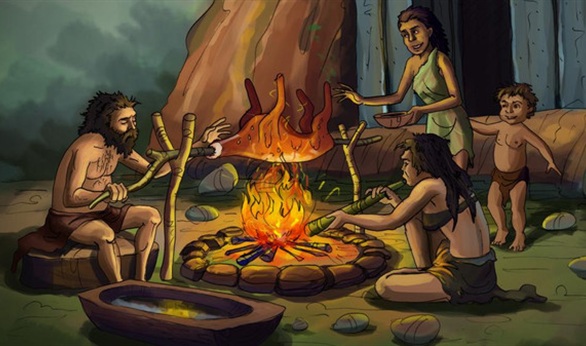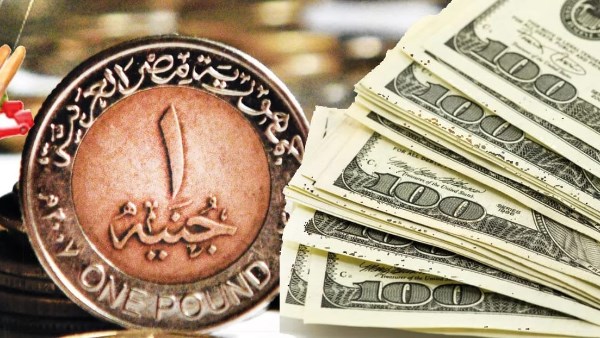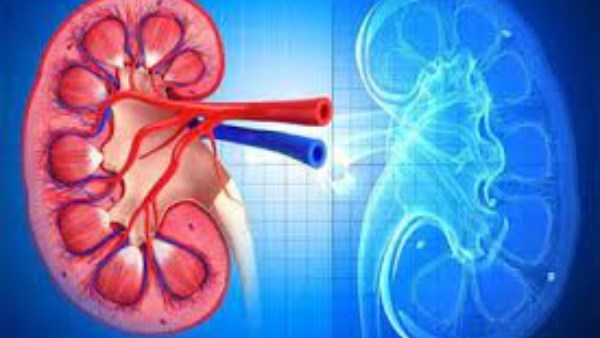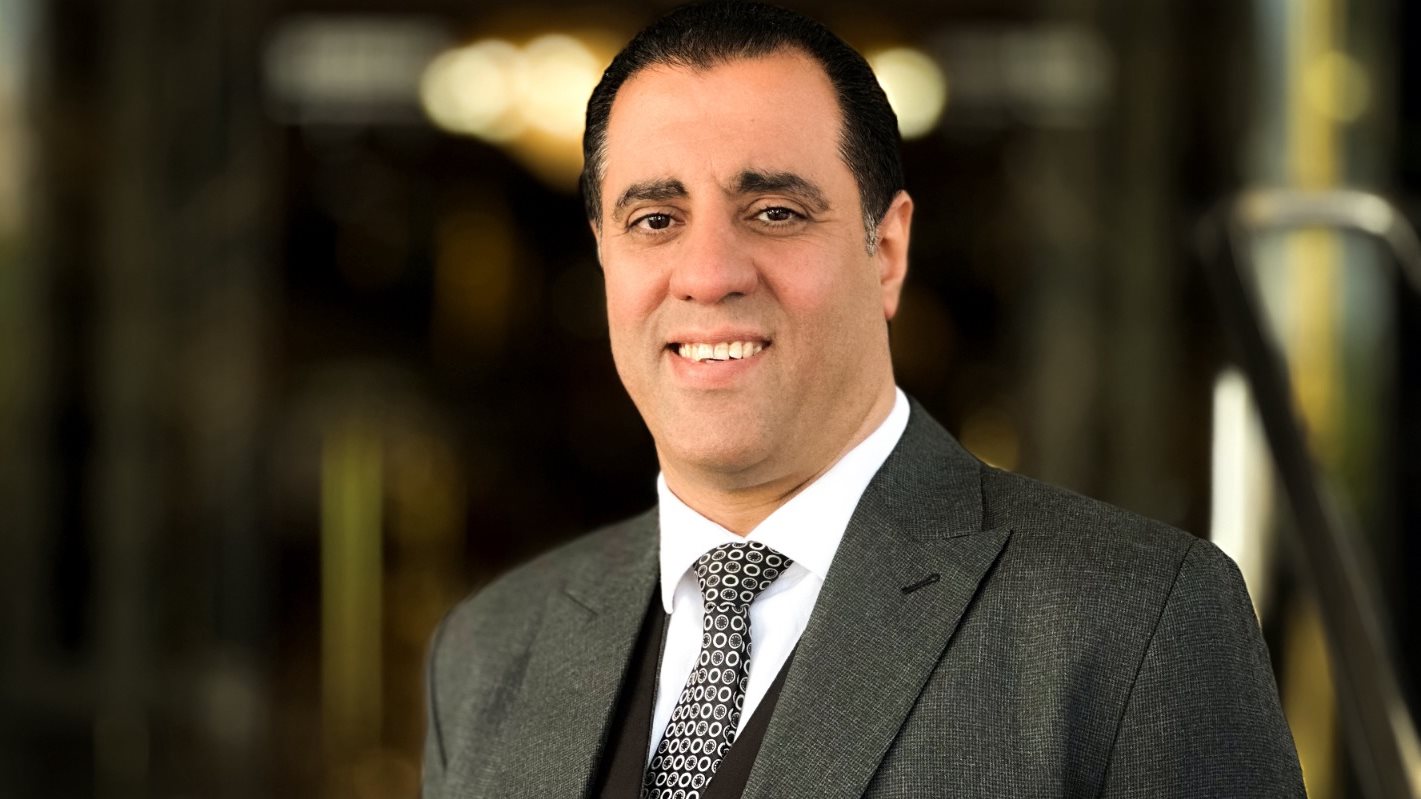‘Caveman’ diet: Can you eat Stone Age food in the 21st Century?

The Paleo diet is one of the most searched-for weight loss diets today and has been maintaining its momentum since it caught our attention last summer. Advocates of the Paleo diet, which is also called the “Caveman” diet, believe we should mimic the eating habits of our great ancestors who lived in the Paleolithic period, which fell between 2.5 million and 10,000 years ago. Exciting right?
So, how do you follow the Paleo diet? It’s simple; if the cavemen didn’t eat it you shouldn’t either. The diet basically consists of foods that can be hunted– such as meat, chicken and seafood – and foods that can be gathered – such as eggs, nuts, seeds, fruits and vegetables. On the other hand, proponents blame the agricultural revolution for the onset of obesity, heart disease, and diabetes so cereals, breads, pastas, potatoes, cheese, yogurt, and sugar are strictly off-limits.
Why you should follow the diet
The Paleo diet gets a few things right. For starters, it teaches you to cut down on processed foods that have been highly modified from their raw state. Classic examples are potato chips, cold cuts, and chocolate bars which contain more preservatives, sugar, and salt and offer less fiber, iron, and vitamins than their natural counterparts.
As a result, due to the lack of other options, the Paleo diet encourages eating more fruits and veggies which can play an effective role in managing weight and preventing chronic disease.
Why you shouldn’t follow the diet
The Paleo diet plan is not your typically recommended “balanced” diet and instead exceeds the guideline daily amounts (GDA) for fat and protein intake and falls quite short on carbs.
Because the diet encourages the consumption of large amounts of meat, it can elevate saturated fat intake especially when you don’t choose your meats lean. The exclusion of grains, beans and dairy can be risky as well. These foods, when shunned form your diet, can make you miss out on important nutrients such as fiber, calcium, B vitamins, and Iron and their deficiency can result in chronic disease such as osteoporosis, iron deficiency anemia and heart disease.
Besides, the Paleo diet may also be hard to sustain in today’s world and finding undomesticated meats that have been raised in the wild proves to be quite a challenge not to mention heavy on your grocery bill.
So what’s the verdict?
Guilty.
The Paleo diet is largely based on an educated guess regarding eating habits of our ancestors and lacks scientific evidence. Even if we accurately knew how their eating habits were like, who said cavemen, who registered an average lifespan of 40 years, were healthy anyway? Moreover, who said they had identical eating habits? Today, if you compare the average American diet with that of the Mediterranean you’ll find lots of discrepancies. So which caveman is the Paleo diet recommending we follow? And why?
Let’s just say we were to forgo all the logical or illogical reasoning behind the foundation of this diet, and take it at face value, we would still be deficient in a lot of nutrients.
The final the verdict would be to have an adapted version of the Paleo diet that doesn’t ban any food groups and continues to encourage eating minimally processed food. And if you’re really keen on following a Caveman’s exact habits, I recommend you mimic his activity level rather than his alleged diet.























